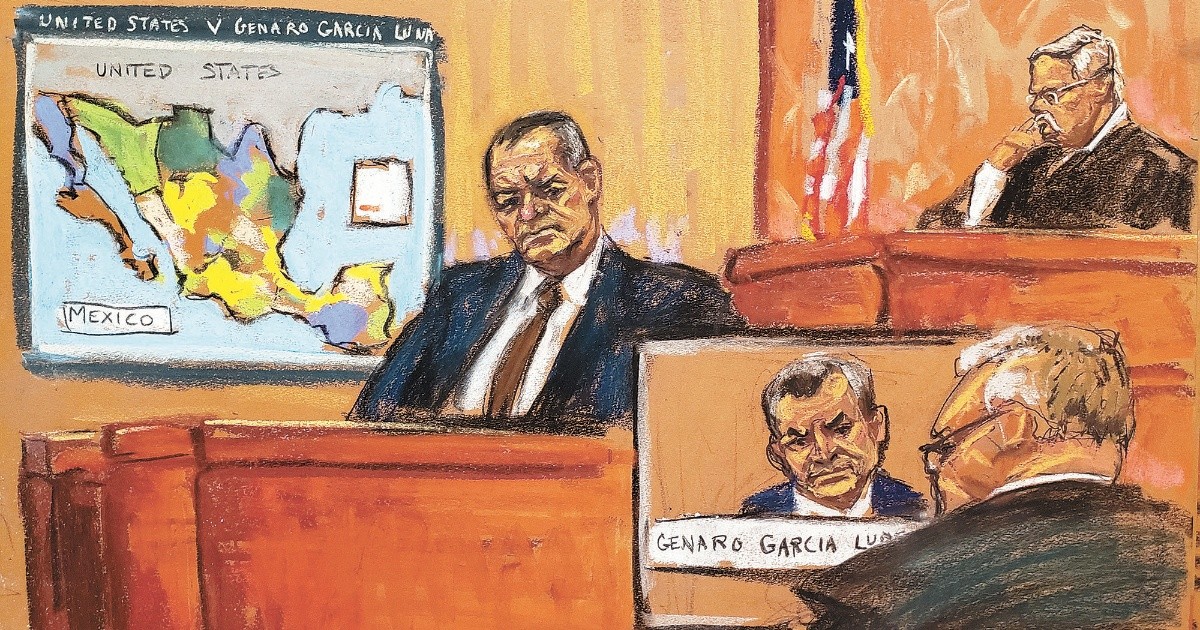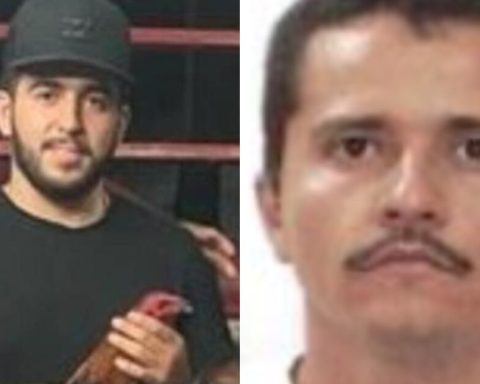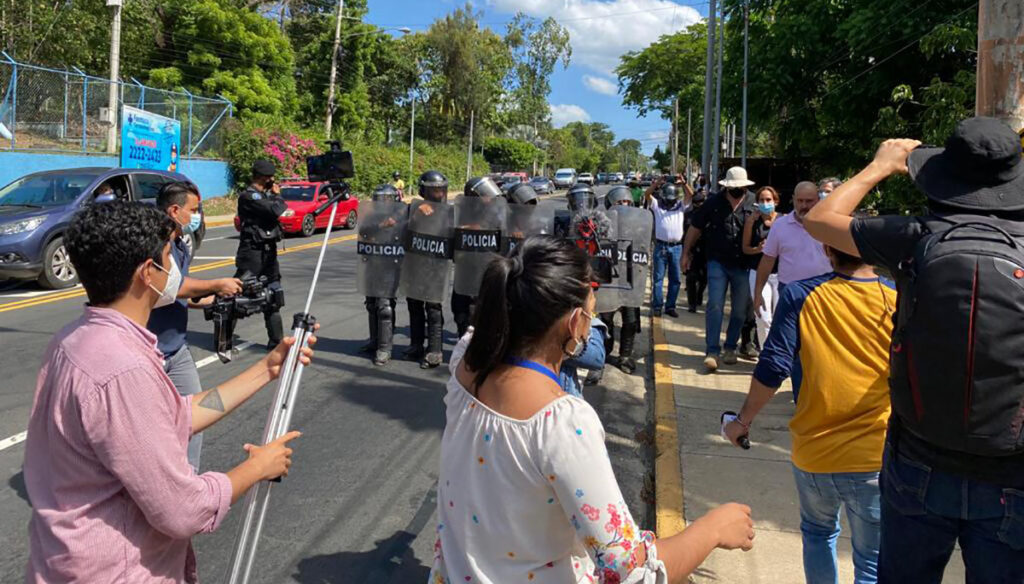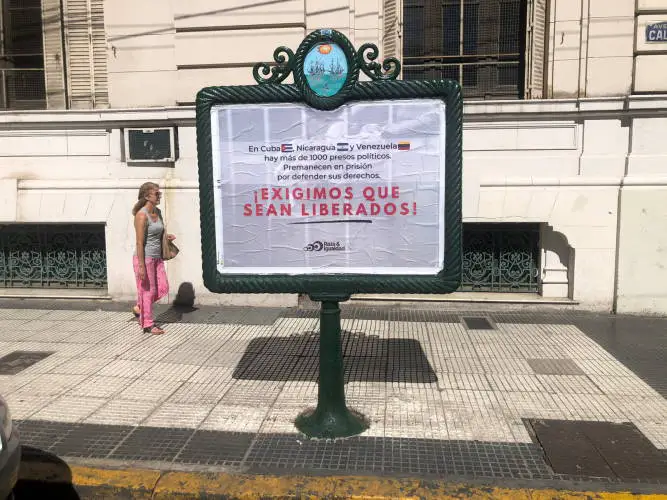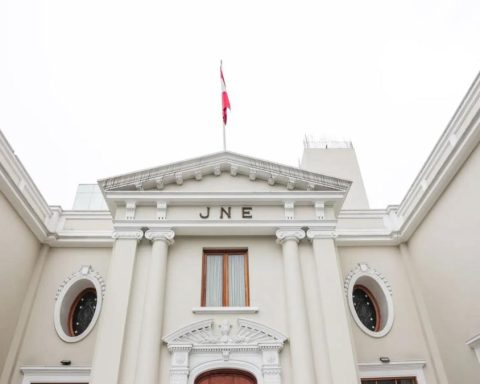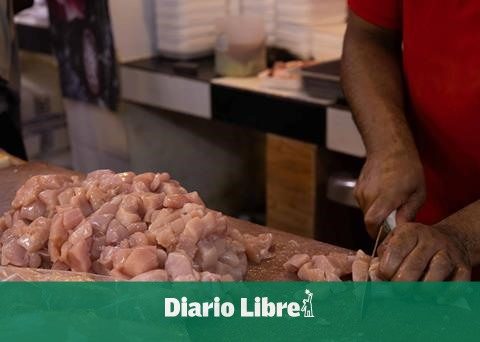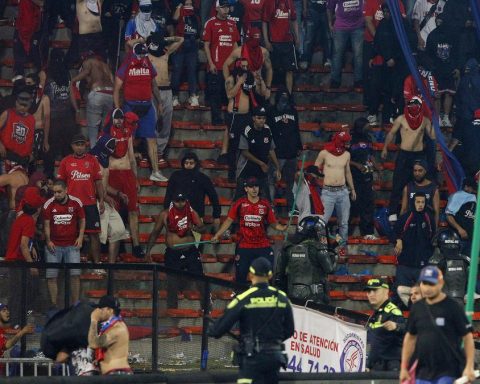Millionaire bribes by members of the Sinaloa Cartel and the recognition, in turn, of US authorities for their work, were part of the first allegations made in the trial against Genaro García Luna, in the Eastern District Court of New York.
García Luna “betrayed his country and ours”, was one of the phrases used by the US prosecutor Philip Pilmar to refer to the former secretary of federal Security in the six-year term of Felipe Calderón, when presenting the case before the jury and judge Brian M Take.
Prosecutor Pilmar -before the gaze of García Luna’s wife and his son- referred to the former security secretary as one more “member” of the Sinaloa Cartel, pointing out that between 2001 and 2012, when he first served as director of the Federal Investigation Agency (2001-2005) and later as secretary of security (2006-2012), he helped drug traffickers introduce 53 tons of cocaine into the United States.
The person who was supposed to be in charge of fighting the Sinaloa Cartel was actually its most valuable asset,” he emphasized.
Signs of the Great
The first person to testify against the former secretary of public security was Sergio Villarreal Barragán, alias el Grande, who served as one of the main leaders of the Beltrán Leyva, after working as a federal police officer.
The former security agent assured that García Luna was a key piece for the growth of the Sinaloa Cartel since 2001.
As payment for actions such as removing security agents from certain areas, El Grande assured that the criminal organization delivered large amounts of money, which increased with the passage of time and the strengthening of the Sinaloa Cartel.
“He gave us information about operations, he made it easier for us to place and remove commanders in any place in Mexico and we shared information to be able to hit our opponents,” he said.
El Grande added that he was an eyewitness to the bribes delivered to García Luna since he was, on many occasions, in charge of delivering the money in a safe house located south of Mexico City, next to a church, whose amounts ranged from 1 to 1.5 million dollars per month.
On one occasion, he recounted, between 14 and 16 million dollars in cardboard boxes were delivered to the former security secretary and his collaborators Luis Cárdenas Palomino and Commander Domingo González, after seizing two tons of drugs from opposing organized crime groups that remained the Beltran Leyva cartel.
There were so many boxes, “that they did not fit in the truck they were bringing and they took a suburban that we were bringing,” explained the witness, who emphasized that the bribes to García Luna were “the best investment of money.”
Meetings with politicians
For its part, the defense of the former Secretary of Security indicated that the evidence that the US prosecutor’s office has about García Luna’s ties to organized crime is flimsy.
In addition to highlighting that the former Mexican security secretary was recognized by the United States authorities for his work and even met with then-President Barack Obama and Secretary of State Hillary Clinton, among other high-ranking officials of the northern neighbor.
Lawyer César de Castro, who leads García Luna’s defense, added that the testimonies of drug traffickers against his client are related to the grudge against him because it was the same former Mexican State Secretary who helped catch them and extradite them to the United States. Joined.
“What better revenge (…) than to bury the man who led the war against the cartels,” said the lawyer.
charges
García Luna is accused of five counts, including participating in an ongoing criminal enterprise, conspiring to traffic cocaine and lying to authorities when he applied for US citizenship in 2018.
Arrested in Dallas, Texas in December 2019, García Luna settled in the United States when he left the Mexican government in 2012.
The government headed by Andrés Manuel López Obrador, has requested the extradition of García Luna on at least two occasions since he is linked to the diversion of some 200 million dollars from the treasury. (With agency information)
Says journalist Dolia Estéves
Contributor-based cases can be flimsy
Despite the fact that the figure of a collaborating witness is key to the prosecution of justice in the United States, in processes such as the one carried out against Genaro García Luna, former Secretary of Public Security of Mexico, accused of receiving million-dollar bribes from the Sinaloa Cartel, there is a the risk that the excessive use of these detracts from the credibility of the case.
Dolia Estévez, an independent journalist in Washington, DC and who has closely followed the trials against large drug traffickers in US courts, points out that the figure of collaborating witnesses is very common in the processes carried out against criminals accused of major crimes, such as the case of the former Mexican secretary.
“As in the case of García Luna, it is very difficult to prosecute him or find him guilty without a collaborating witness, this is so because it is the environment where he moved,” he said.
However, for the expert in the field and member of the Violence and Peace Seminar of the Colegio de México, the problem lies in the excessive use of these witnesses, since, if the prosecutor in the case relies solely on the testimonies of these individuals, the jury may doubt his statements.
“If the prosecutor in the case relies solely on the testimonies of these individuals —who were mostly extradited during the time that García Luna was security secretary—, there will be a problem because many people in the jury may find them suspicious or lacking. of credibility by its very nature”, he stressed.
It should be noted that for this trial more than 70 people are expected to testify against García Luna. (With information from Maritza Pérez)
